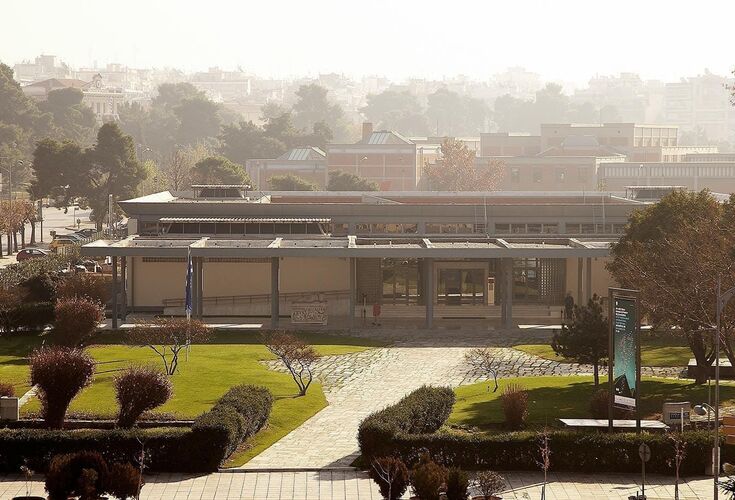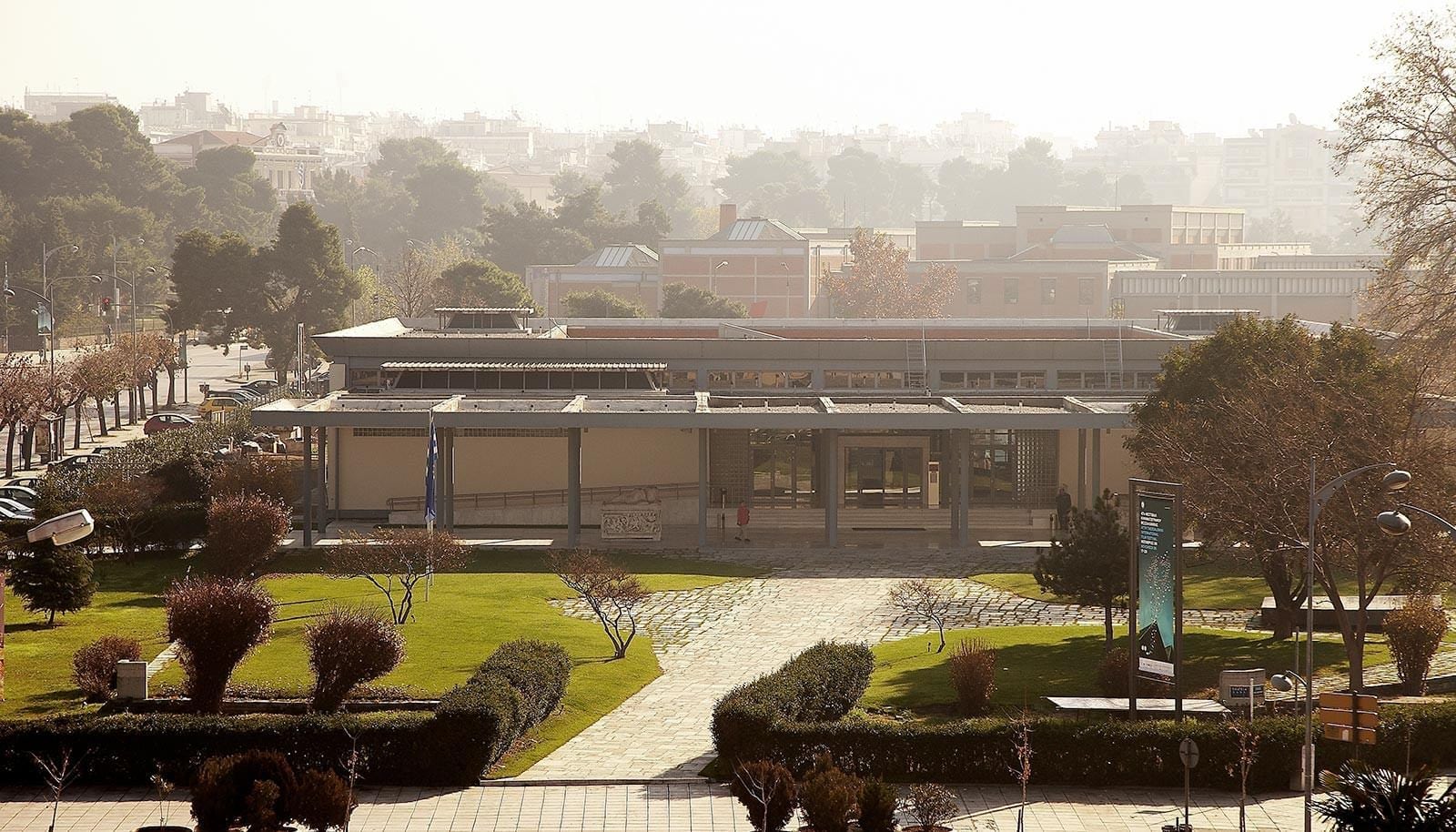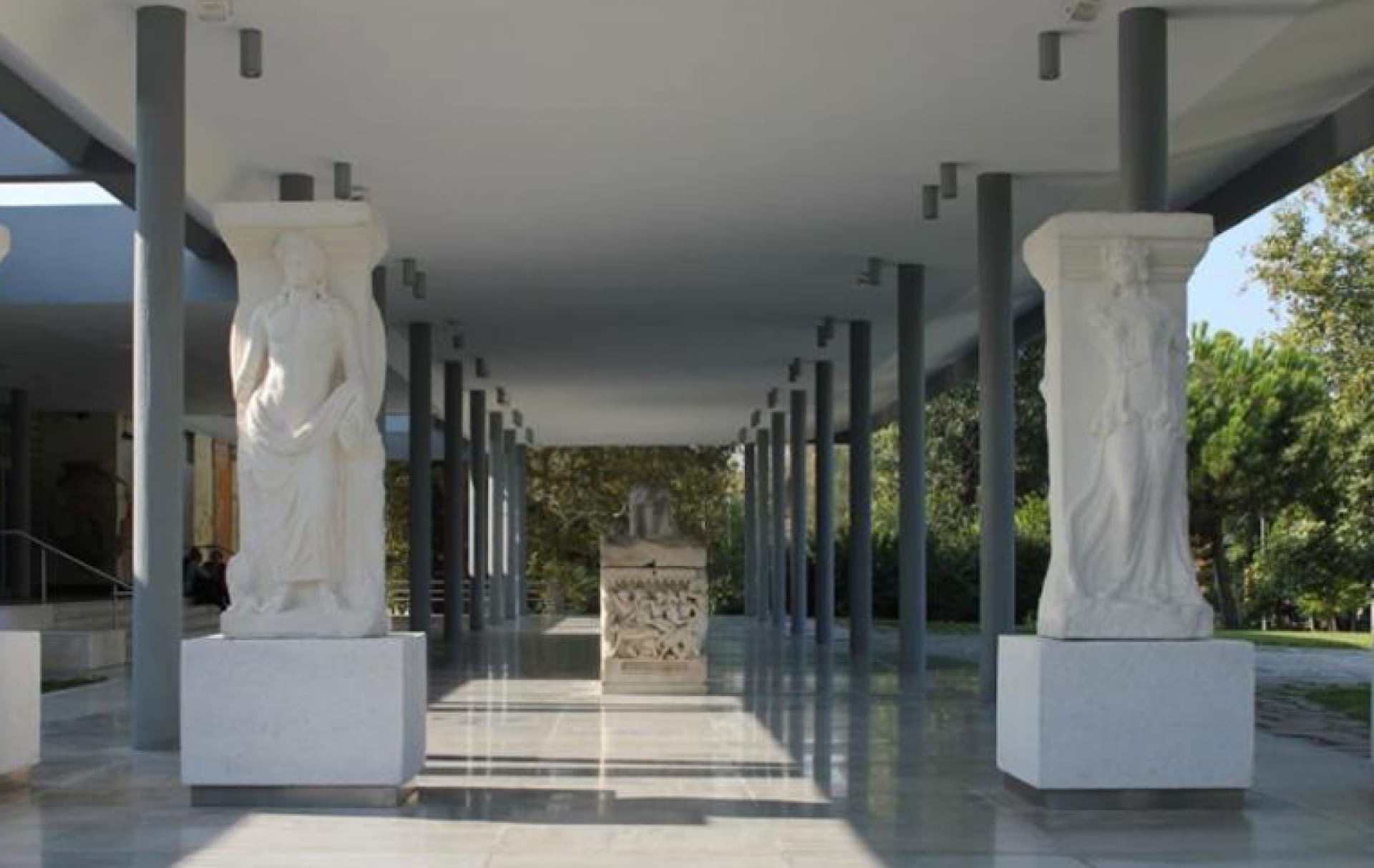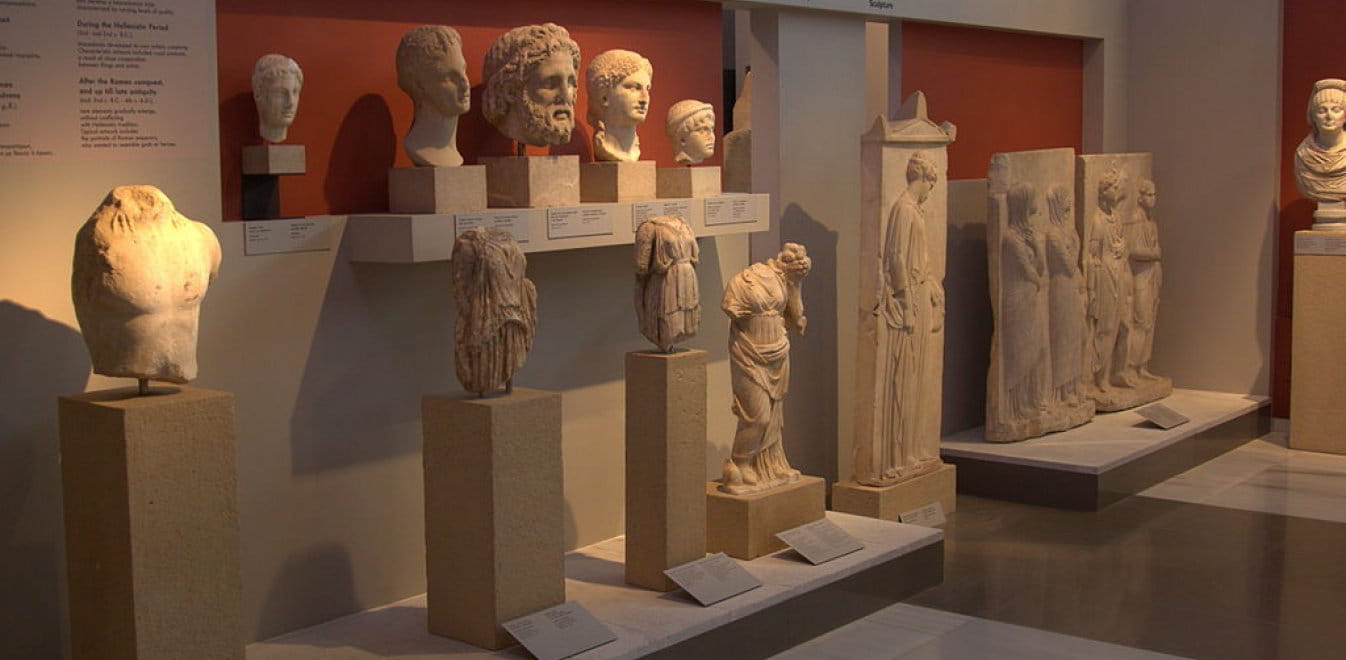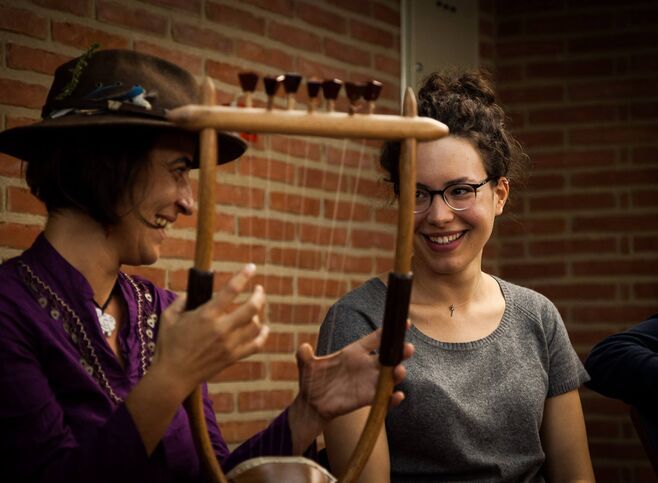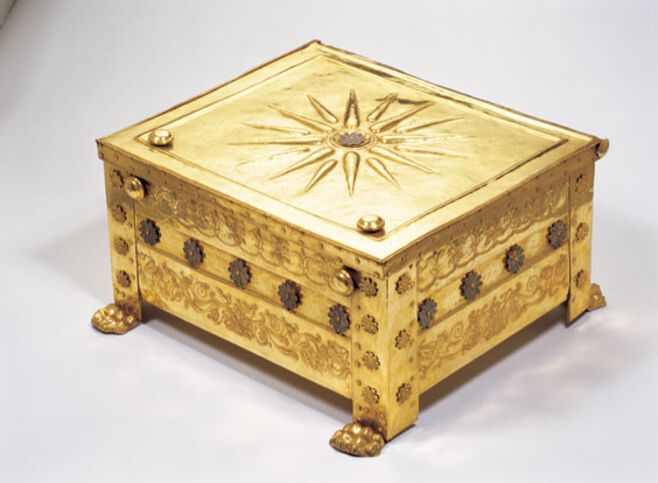Descrizione
Museum Story
The story of the Archaeological Museum of Thessaloniki follows the course of history of the modern city of Thessaloniki. The Ephorate of Antiquities "under the General Directorate of Macedonia" was the first institution founded in November 1912, only two weeks after the signing of the treaty that handed over control of the city to Greece. Until 1925, all antiquities found in Macedonia were gathered at the Residency (Dioikitirion- the modern-day building of the Ministry of Macedonia-Thrace) as well as the Ottoman Idadie School, which housed the Faculty of Philosophy of the Aristotle University. During World War I, the French Army (Armee Francaise d’ Orient) was gathering antiquities initially at Karabournaki and later on at Rotonda, while the British Army would gather the antiquities they uncovered at the White Tower. In 1925, the Yeni Cami, the new mosque, the centre of worship for the Donmeh population of the Ottoman-occupied Thessaloniki, was given to the Archaeological Service. The Yeni Cami would become the city's first Museum, as the inscription still in place on its facade indicates. In 1940 many antiquities, mainly sculptures, were buried in trenches in order to be protected from war raids. They were unearthed in 1951 and displayed for the first time in the main hall of the Archaeological Museum (Yeni Cami) in 1953.
Building
Construction at the Archaeological Museum of Thessaloniki began in 1960, on ΧΑΝΘ Square (YMCA) , in close proximity to the International Trade Fair grounds. The building was designed by the renowned architect Patroklos Karantinos, a prominent representative of the modernist movement in Greek architecture.
Collections
The Museum collections include numerous artefacts dating from the Prehistoric era to the end of antiquity. They come from excavations conducted throughout Macedonia since 1912, along with handed-in antiquities.
Facilities
Accessibility
- Special vehicles for people with disabilities can park at the Museum's car park. There are two parking spots.
- For the blind or partially sighted visitors a "Touch tour" can be arranged.
When to go
- Summer (April 15 - November 14): 8:00 - 20:00 daily
- Winter (November 15 - April 14): 9:00 - 16:00 daily
- Visiting hours are subject to change without notice. For more information and confirmation you can call on +30 2313 310201
Tickets
- Ticket price: €8.00
- Reduced: €4.00
- From November 1st until March 31st reduced ticket price (4,00 €) applies to all guests.
- Special ticket package: €15.00
Gallery
Mappa
-
Prenota con fiducia
We have carefully selected the most trusted experience providers across Greece. -
Handpicked tours & activities
All our tours and activities have been chosen for maximum quality and reliability. -
Flexible cancellation policy
Discover Greece is in close contact with providers to ensure flexibility in the event of cancellation.

